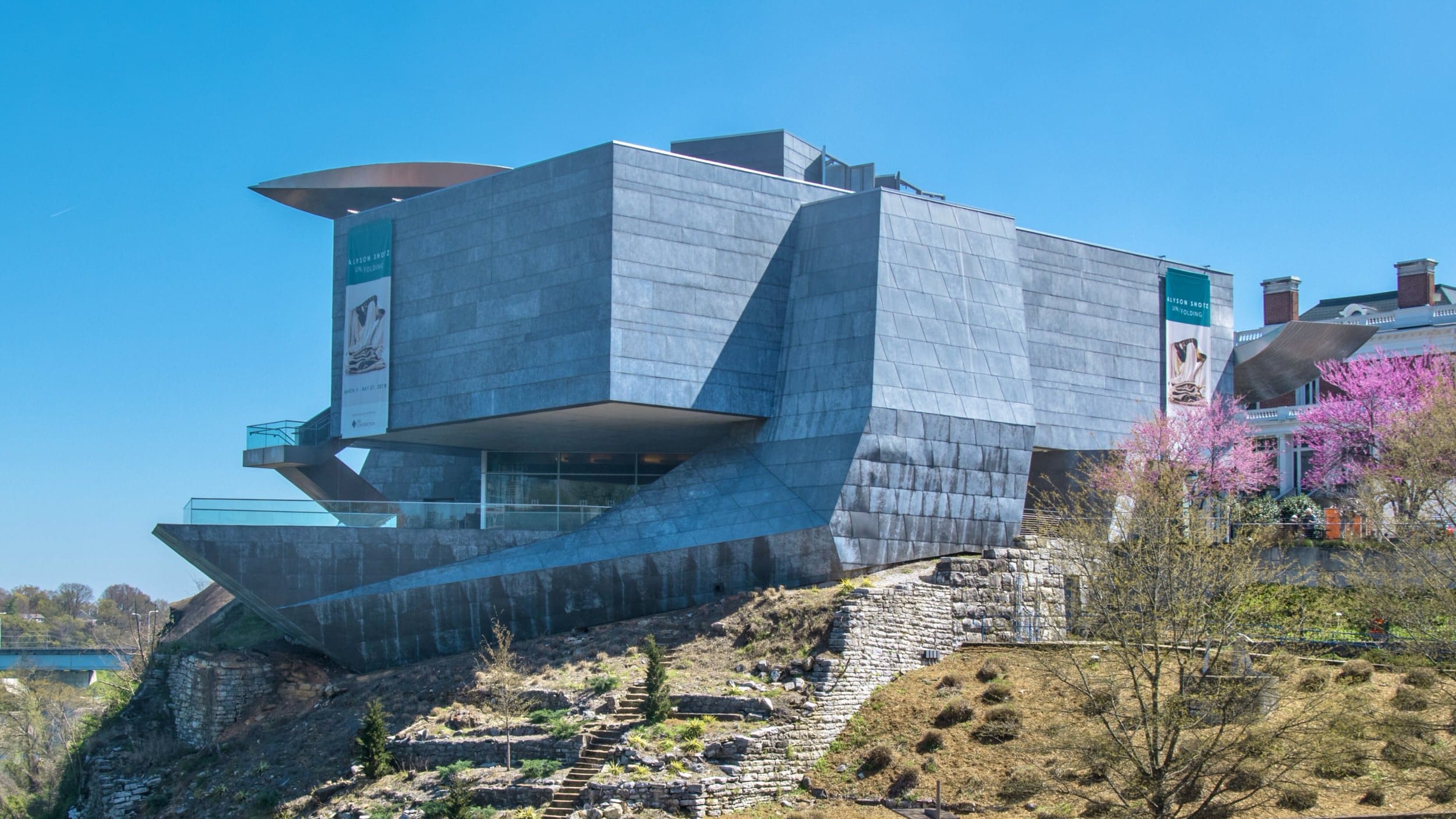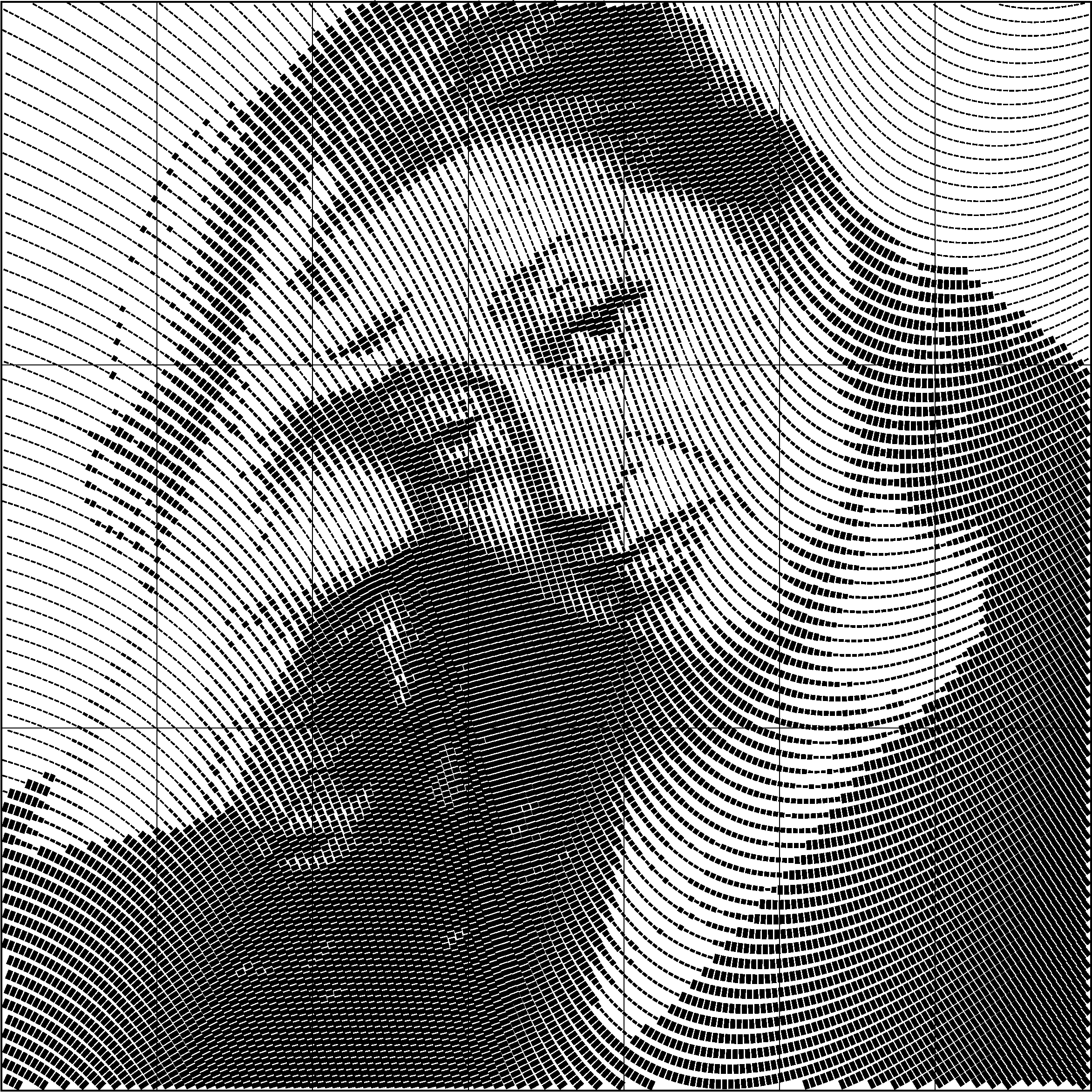R&D
Labs Report 002:
Notes from the Field
Zahner Labs employs a spiral development method for producing products, tools and services. We take ideas through a series of Design > Build > Test > Analyze loops, which allow for stress-testing concepts and integrating feedback. We’ve employed this process in previous product concept “splashes,” including Zinc Concepts, SurveyLink, and Precision Patina.
We are fortunate to be uniquely positioned in the AEC industry to accomplish these loops because we’re involved in numerous projects at any one time and contribute to everything from early design concepts, to fabrication, to field installation. This provides the Labs team a rich testing ground for addressing problems across the industry, and the various disciplines of modeling, automation, robotics, fabrication, on-site logistics, and more.
For the last 6 months the Zahner Labs team has been deploying technology in the field. Working on real projects with real stakeholders creates a quick feedback loop between office and field, iterating and improving to demonstrate real value. This approach has led to numerous solutions for difficult field problems — both SurveyLink and the Automated Survey and Layout Robot (see below) are examples of our iteration and response.
As we plan for 2022 initiatives and goals — we want to provide a quick review of recent Labs concepts and their evolution into practical solutions.
SurveyLink enables a real-time data link between as-designed 3D models and as-built data collected in the field.
SurveyLink
- Solution: Live-linked field survey data that can be compared against design-model data, visualized in a collaborative browser-based application.
- Status: Deployed on multiple job sites across the country. 1,000s of positions coordinated.
Informational silos exist between trades, sequences, and building stakeholders — resulting in unequal access to project information. Decisions based on different data can lead to conflicting planning and “alternate realities” which come crashing together when rendered in physical materials on site. We like to say that the 3D model is a real thing — it just happens to be invisible to many of the stakeholders responsible for delivering it.
Tools like the Shaper or FreeD Mill are illustrative of how technology can render the invisible visible. Each is a digitally controlled tool that guides the user during fabrication to produce an “invisible” design via continuous real-time positional feedback.
In this spirit, the Labs team has been working on rendering design models visible in the field by connecting field personnel to the digital model, but more importantly, connecting with their existing tools. To date this has been done via web linked Total Stations and Jobsite tablets and mobile phones with SurveyLink.
With the deployment of SurveyLink, the Labs team sees seamless 3D data transfer from office, to shop, to field, not just as possible but imperative. Like the tools mentioned above, SurveyLink provides a feedback loop that informs project stakeholders with the state of the project and guides installers to correct positions/orientations.
Over the Summer we held a webinar on SurveyLink called “Real-Time Calibration During Installation of Complex Structures”, see a recording of the session below. To date SurveyLink is actively being used on two jobsites coordinating the installation of 1,000s of parts.
SURVEYLINK WEBINAR AND LIVE DEMONSTRATION
Semi-autonomous, application-specific robotic system for surveying and constructing complex architectural elements.
Automated Survey Robot
- Solution: Automated survey and layout, semi-autonomous magnetic climbing robot for data collection and layout of complex projects on steel superstructures.
- Status: Proof of concept field testing and data collection completed. “Small Robots, Big Projects” published ACADIA 2021
The information pipeline between office and field developed for SurveyLink presents interesting opportunities for expanding automated tasks at job sites. Data streamed from the jobsite removes many of the unknowns that plague automation projects (because it requires complex decision making) and eliminates the need for complex hardware. This is distinct from trying to deploy automation into an environment it wasn’t designed for and likely isn’t prepared for.
Robotic layout of 2D building information on a floor slab by groups like Dusty Robotics is an exciting advancement in construction automation onsite. With such tools, information from the design model can be directly translated into physical construction.
Targeting onsite automation, the Zahner Labs team is pursuing a semi-autonomous pipe climbing robot for survey and layout with Assistant Professor Maria Yablonina, Ph.D. of the University of Toronto. This initiative extends onsite robotic layout from two dimensions to irregular orientations in 3D space. This is a difficult task to accomplish in general when you consider construction tolerances, thermal changes and structural deflections. Leveraging the work done on SurveyLink, the pipe climbing robot uses the live link between design and actual.
The building can exist in many states. To accurately position something, analysis of the current conditions — the “state” of the building — must be completed and planned against. The Zahner Labs team has aspirations for a construction “control system” that allows for higher quality installation, safer construction — done in less time.
ROBOT NAVIGATING STRUCTURAL STEEL WHILE CARRYING SURVEY PRISM.
Zahner is at the leading edge of research in AEC technology, fabrication, and installation because of our proximity to real world problems and challenging design proposals. We welcome your ideas and feedback on the types of information that would be useful for your design process. And we look forward to exploring — and sharing with you — new and different ways that foster innovation and collaboration to build the incredible.
.





 Photo ©
Photo © 
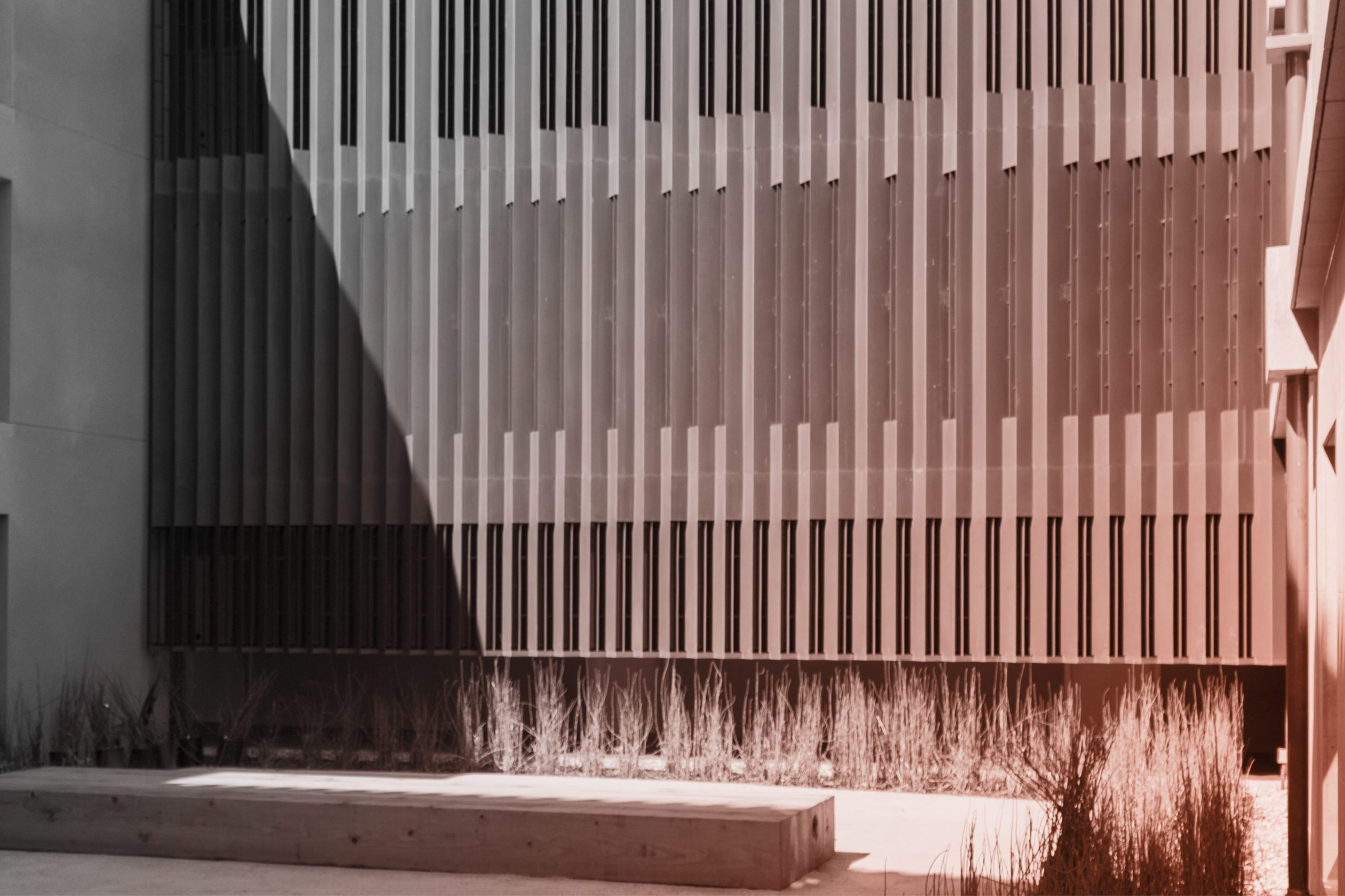
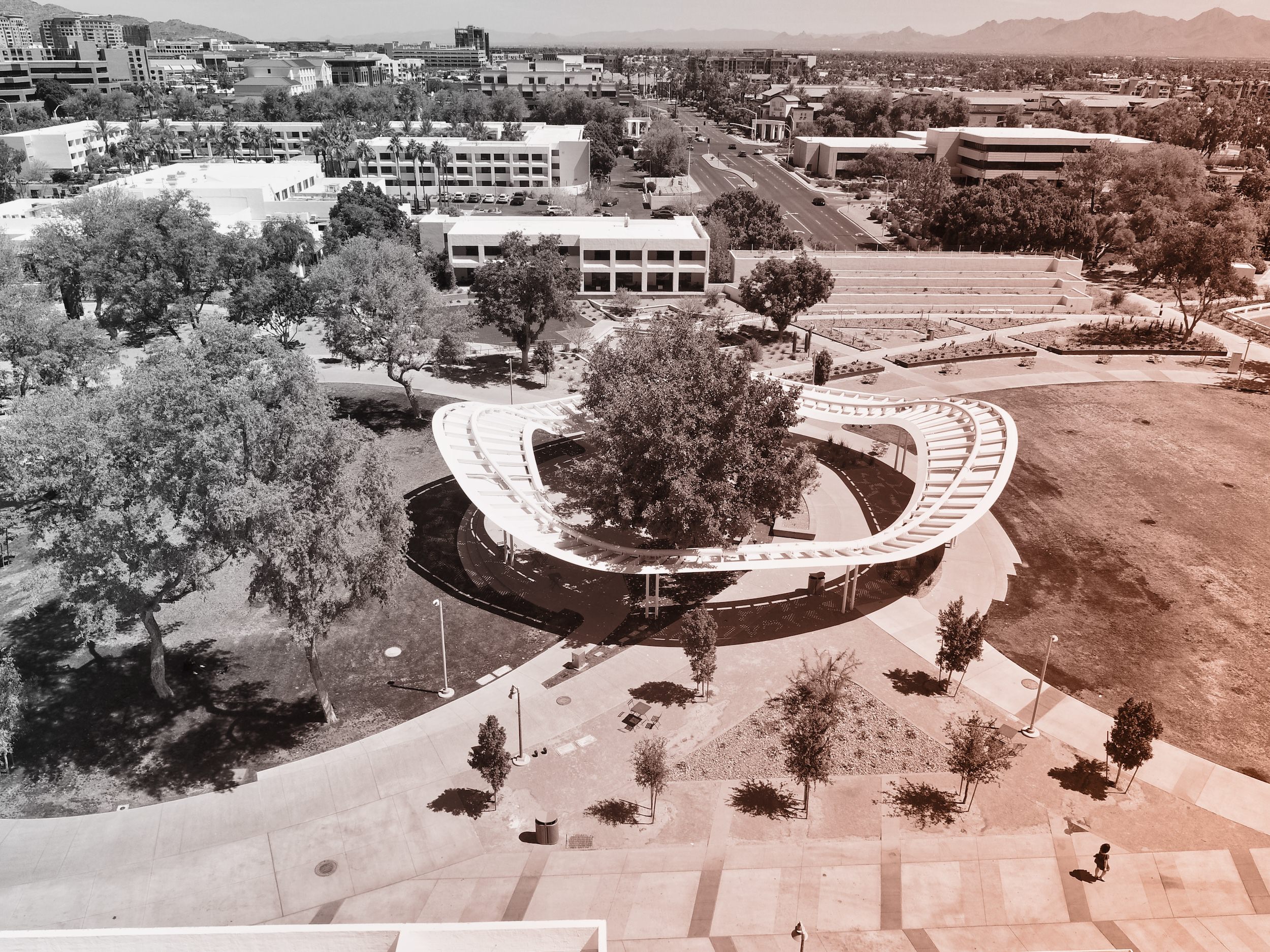
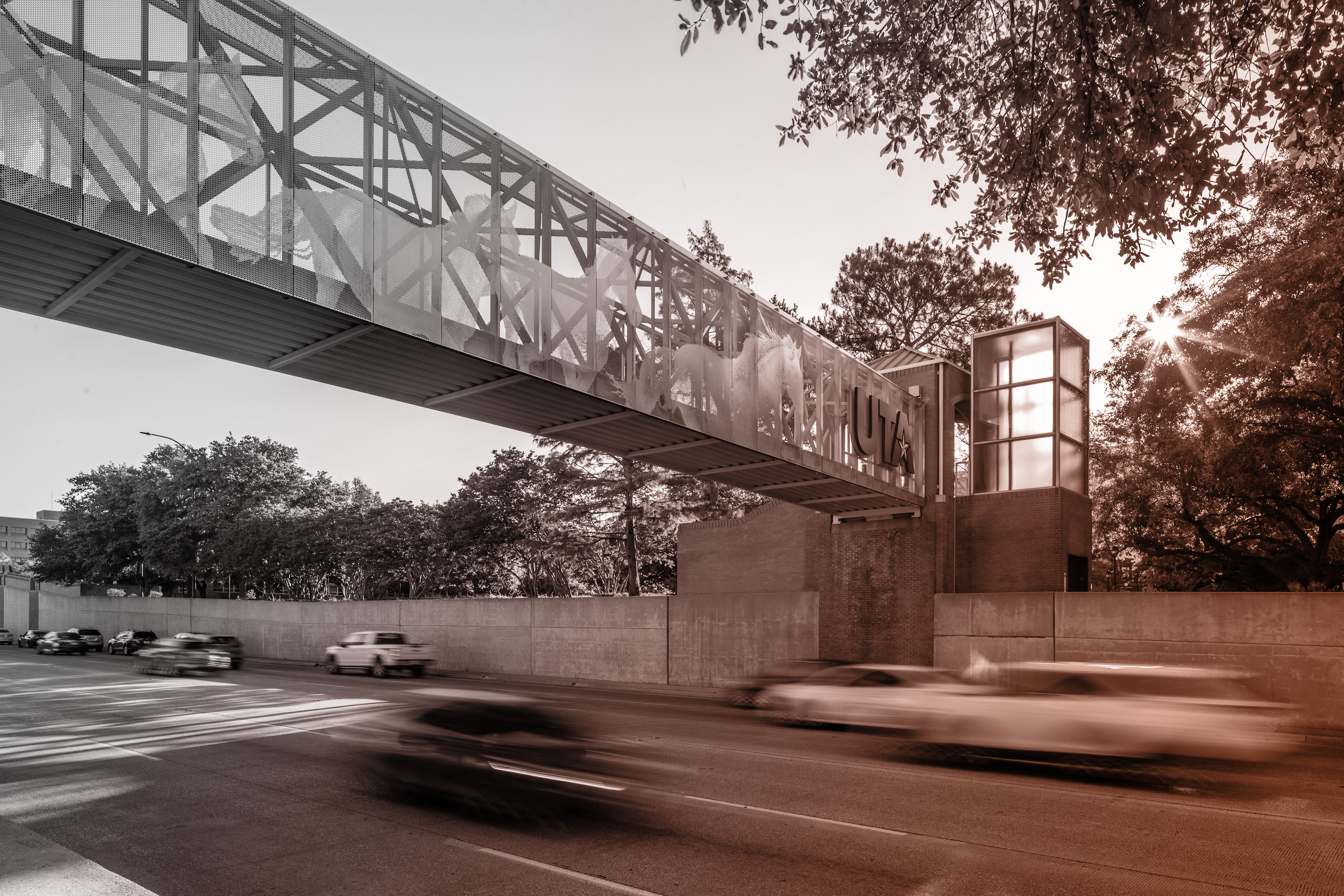 PHOTO ©️ Parrish Ruiz de Velasco (parrch.com)
PHOTO ©️ Parrish Ruiz de Velasco (parrch.com)
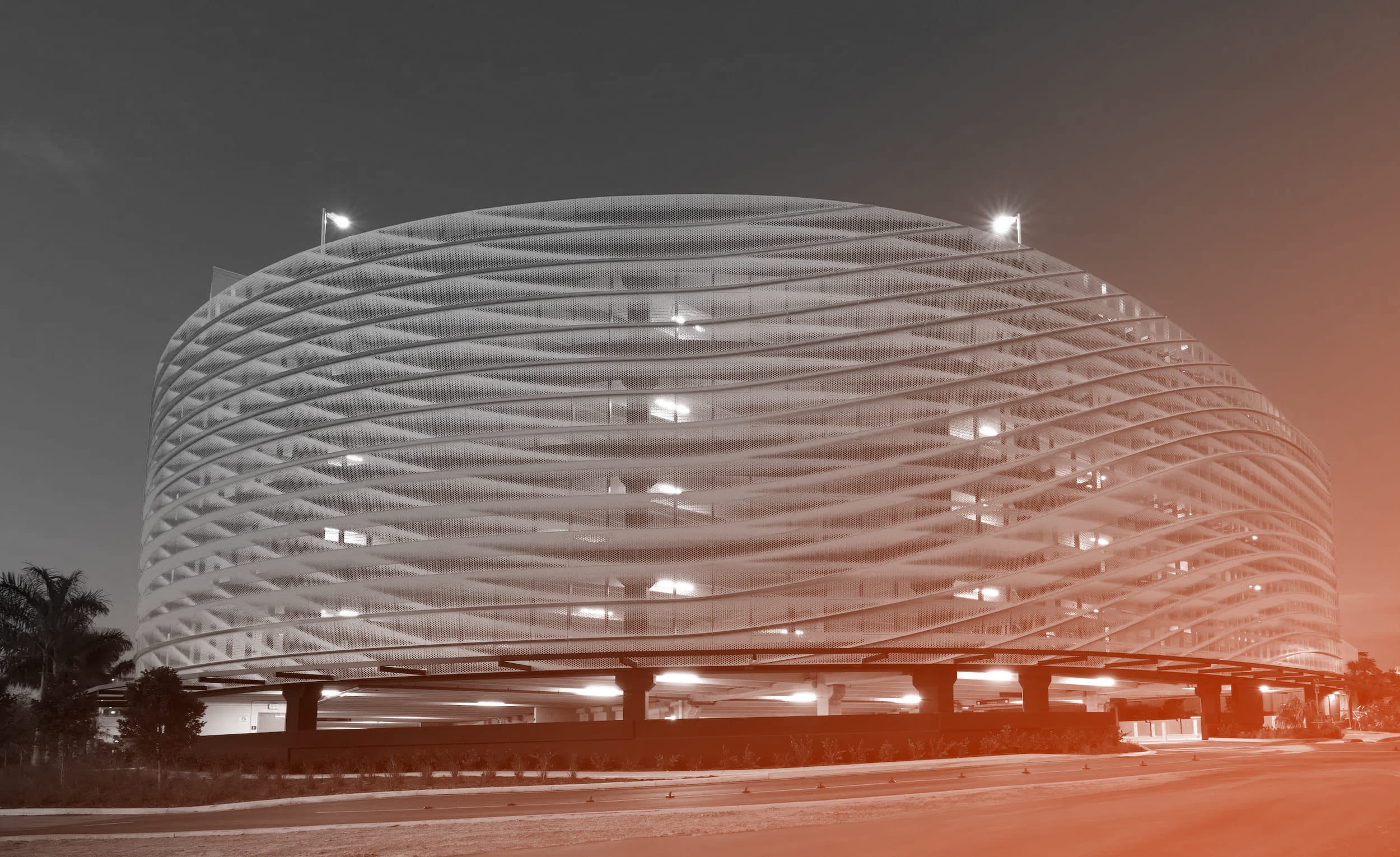
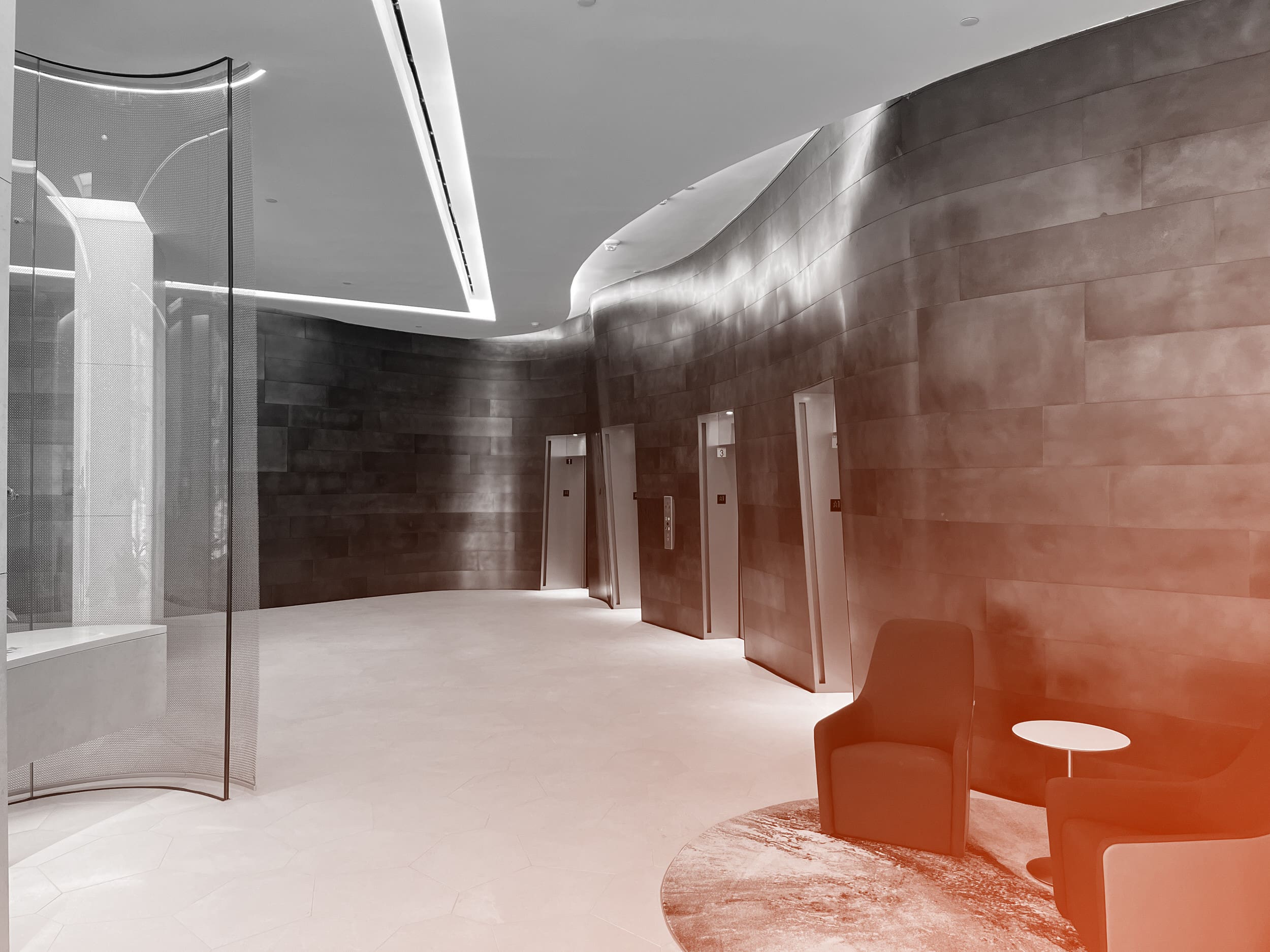
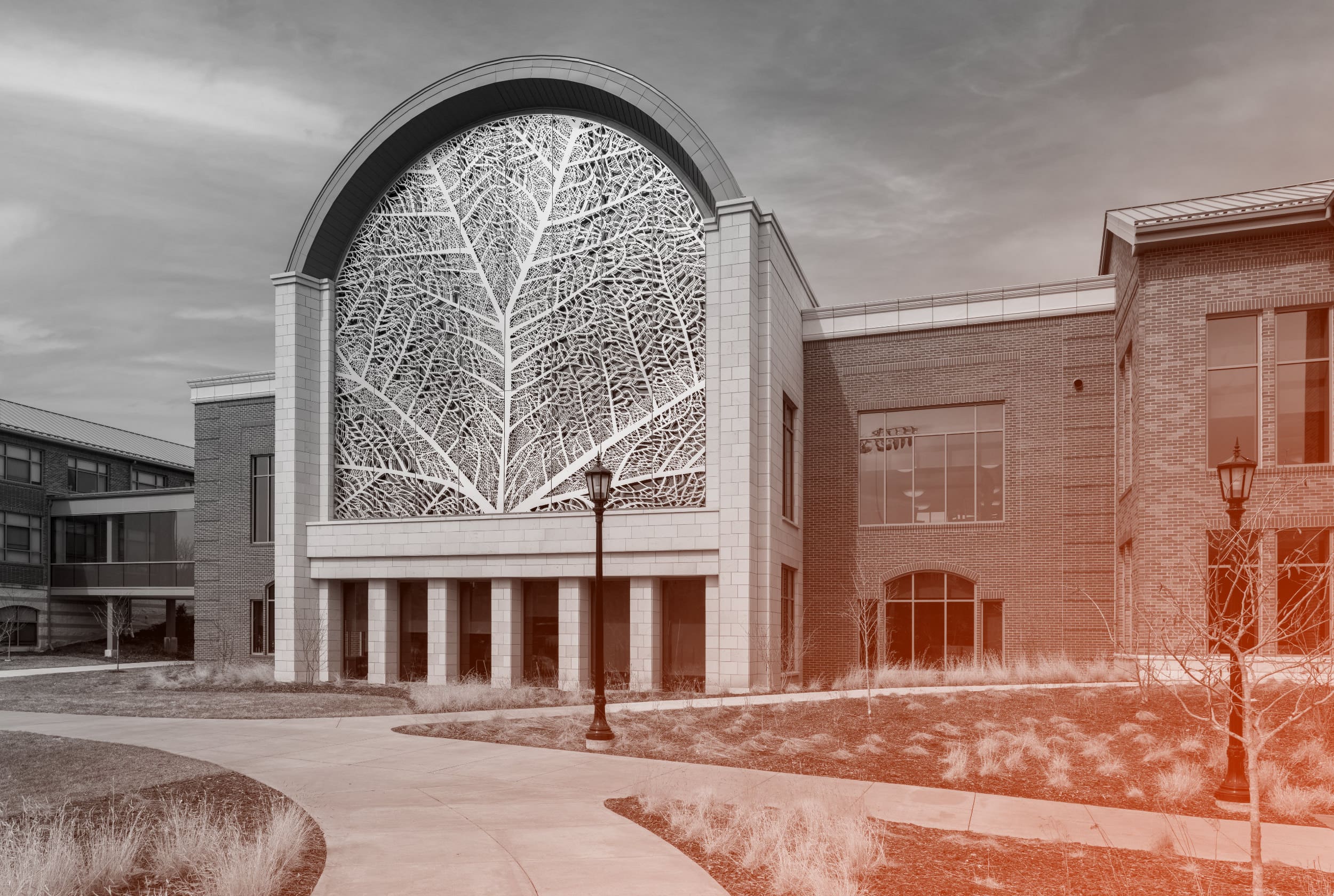
 © Fedora Hat Photography
© Fedora Hat Photography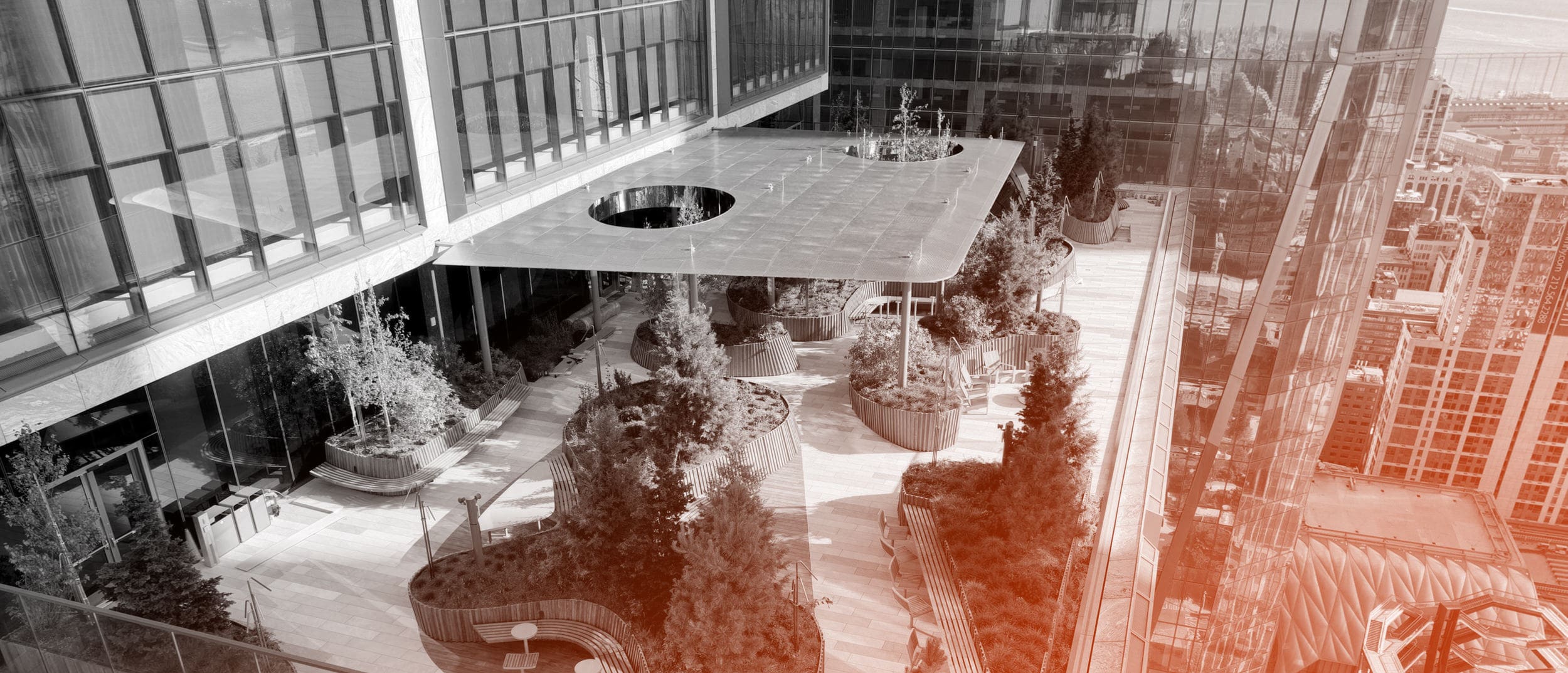
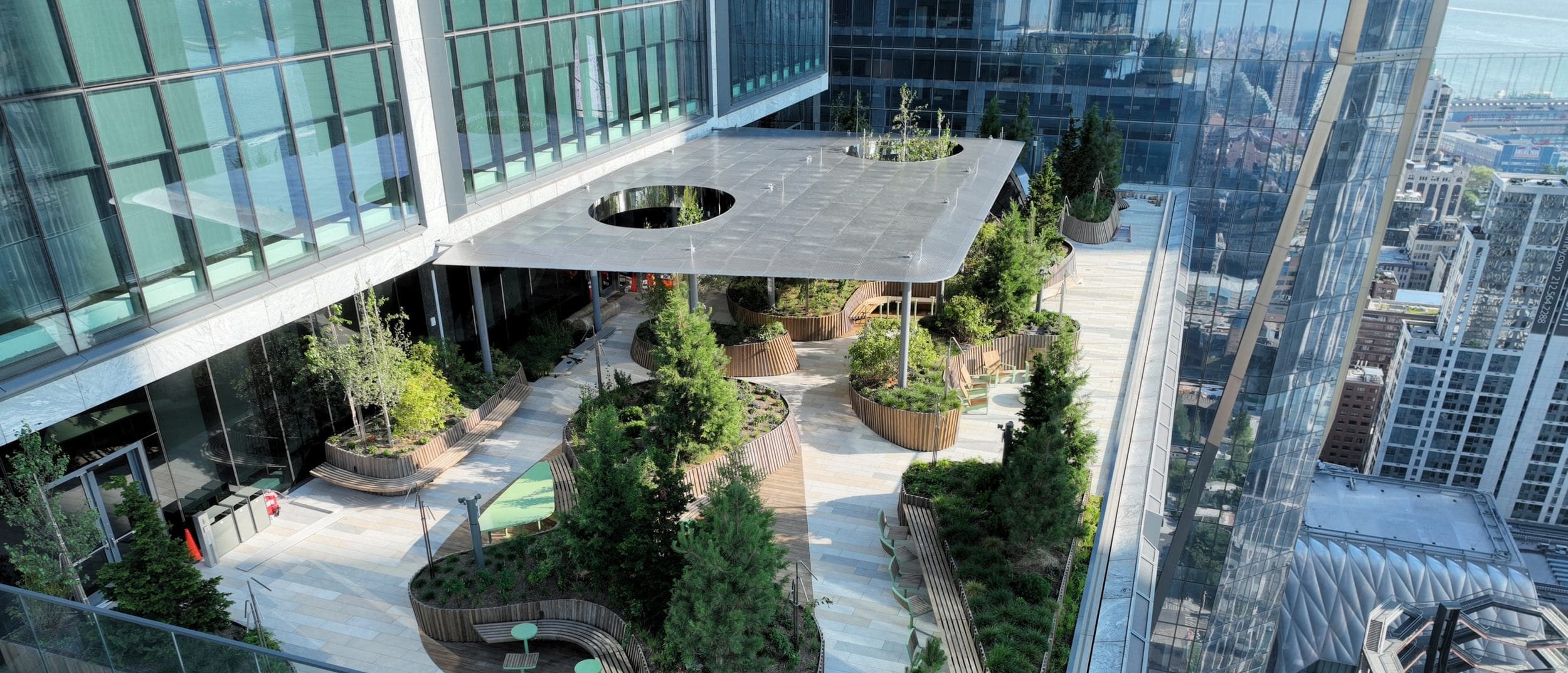
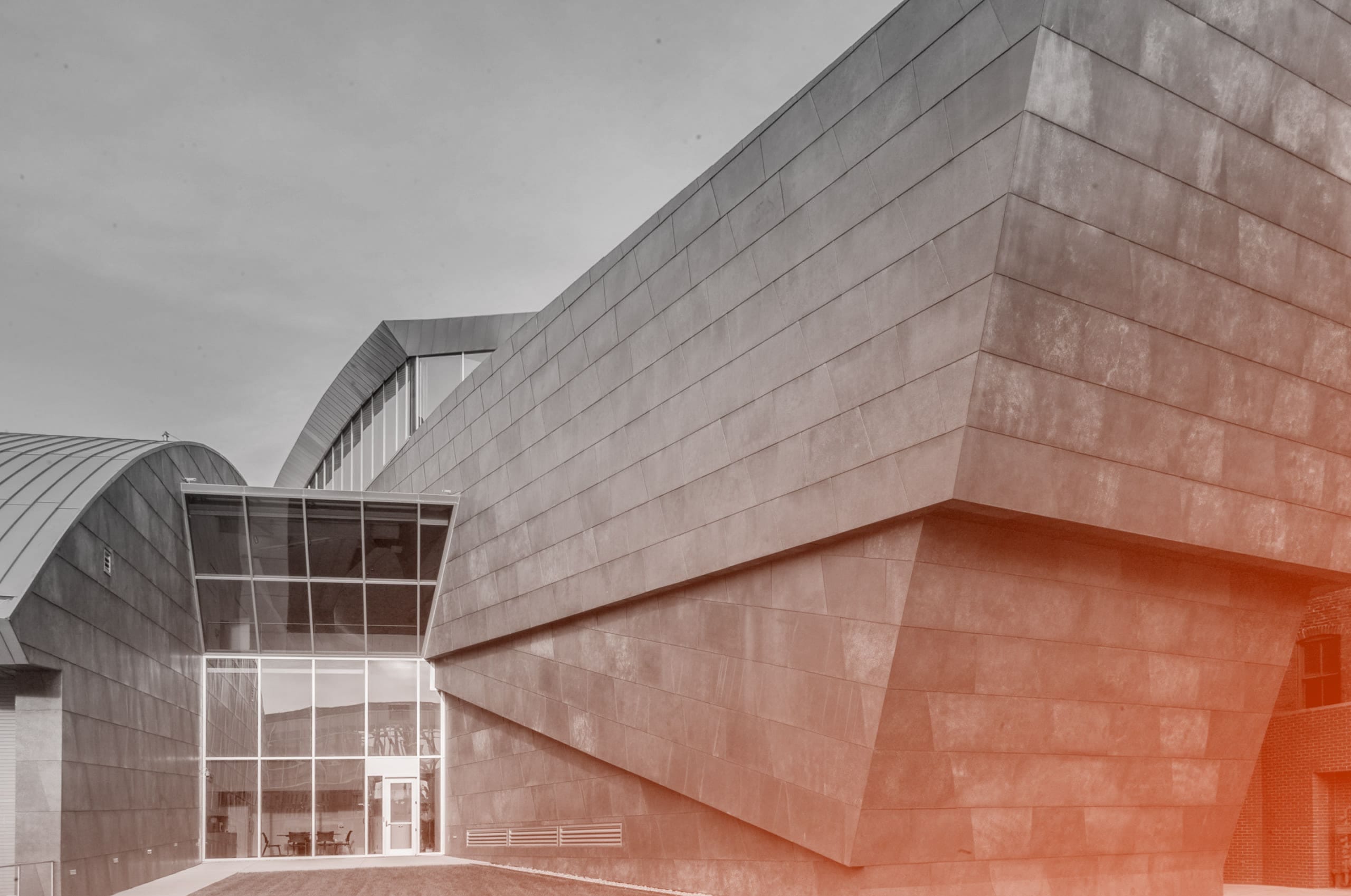



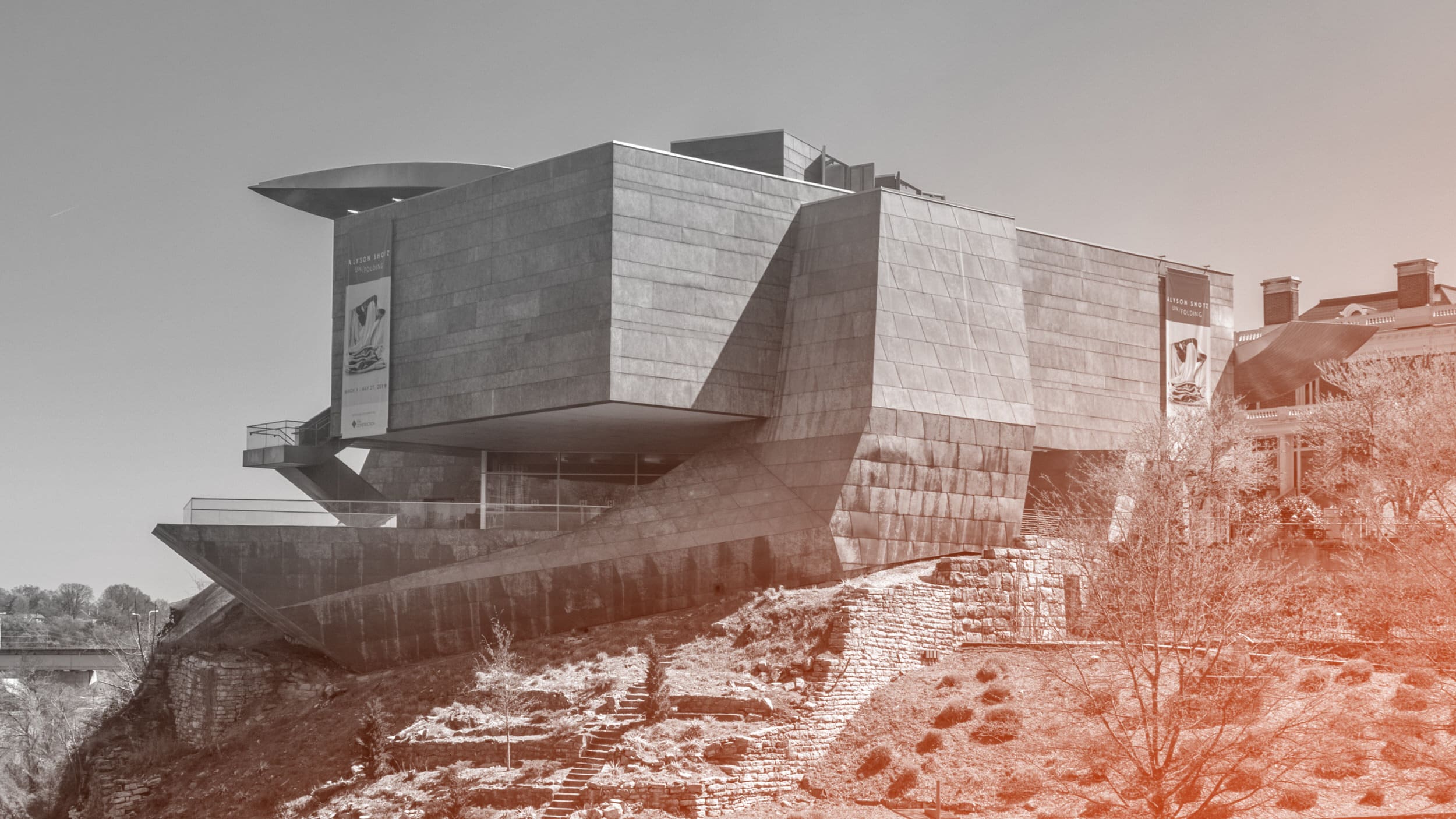 Ɱ, Creative Commons Attribution-Share Alike 4.0 International license, edited.
Ɱ, Creative Commons Attribution-Share Alike 4.0 International license, edited.